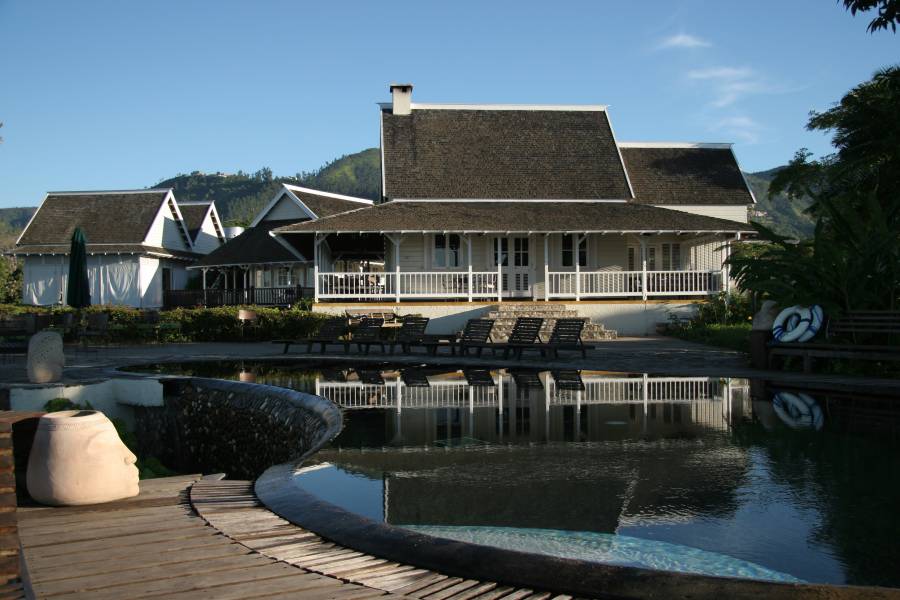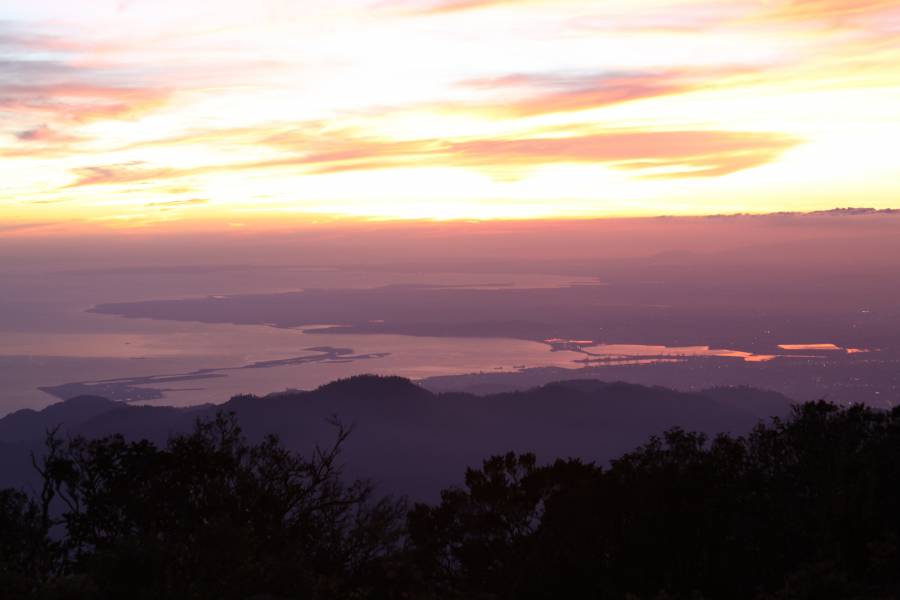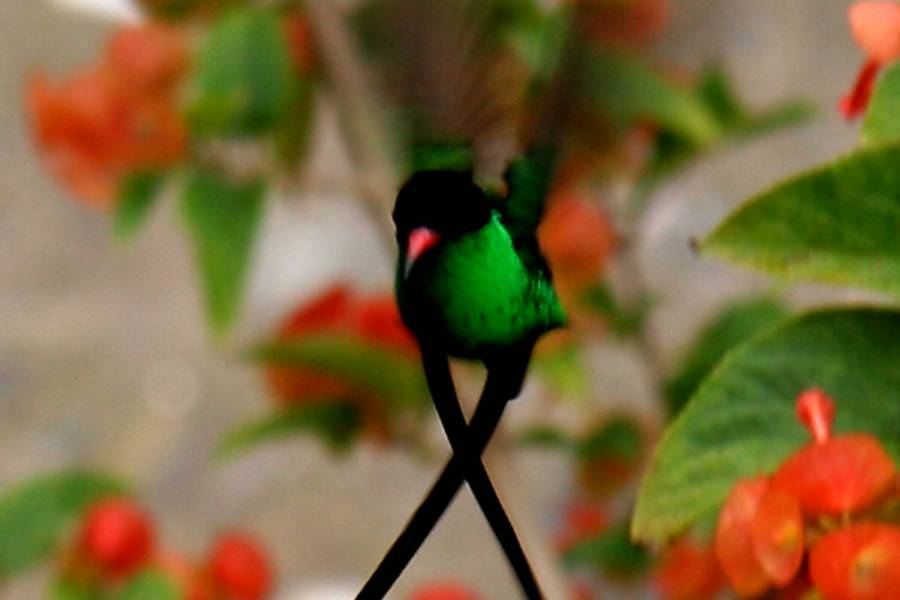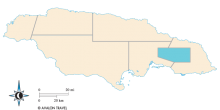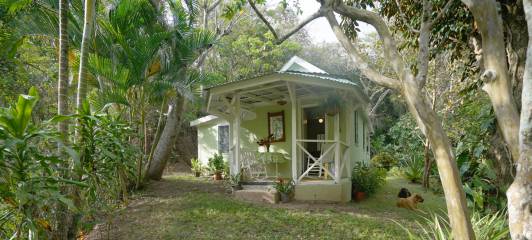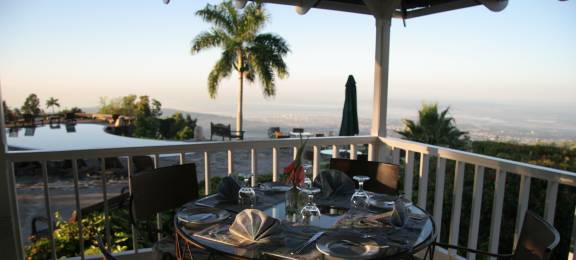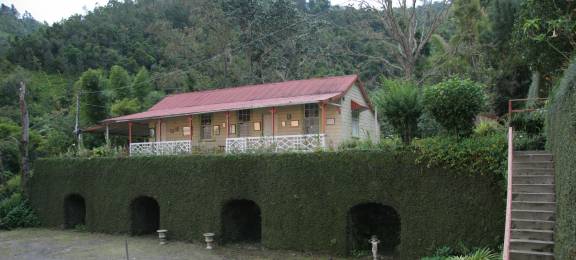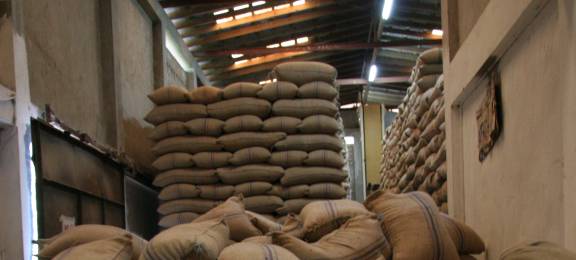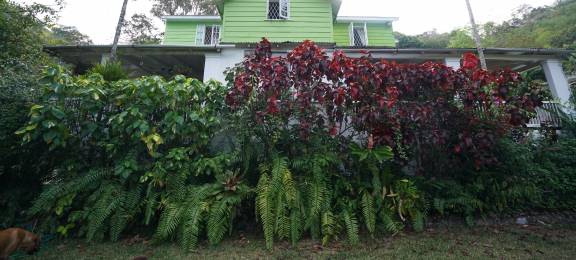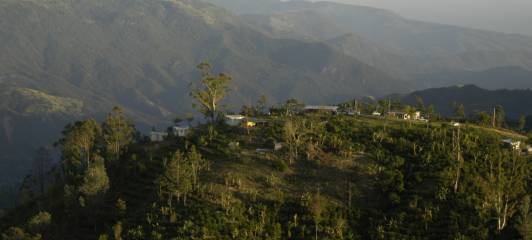
Call or email for assistance planning your trip: +1 (212) 203-0064 | reservations@moonjamaica.com
The Blue Mountains
A few days in Kingston perfectly sets the stage for a nice break into the Blue Mountains. Most of the guesthouses in the mountains can arrange transportation to and from Town; once here, hiking trails abound, and local transport can be found easily with a little patience. Anywhere from two nights to a week should be allowed for a trip into the Blue Mountains, especially for those planning to do some serious hiking or birding. The main draws are relaxation, sipping coffee, and enjoying nature, and your length of stay should therefore depend on how much time you want to dedicate to these essential pastimes.
Turning left at the Cooperage onto the B3 leads up a series of some 360-plus hairpin turns that can leave unaccustomed passengers a bit nauseated. The windy road first passes through the lower hills and valleys of Maryland before reaching the principal hamlet along the route, Irish Town. Irish Town has as its centerpiece St. Mark’s Chapel, a quaint little church reached by a 15-minute walk along a footpath.
There are two main routes to access the south-facing slopes of the Blue Mountain range. The first, accessed by taking a left onto the B1 at the Cooperage, leads through Maryland to Irish Town, Redlight, Newcastle, and Hardwar Gap before the Buff Bay River Valley opens up overlooking Portland and St. Mary on the other side of the range.
The second route, straight ahead at the Cooperage along Gordon Town Road, leads to Gordon Town, and then taking a right in the town square over the bridge, to Mavis Bank. Continuing beyond Mavis Bank requires a four-wheel-drive vehicle and can either take you left at Hagley Gap to Penlyne or straight down to Cedar Valley and along the Yallahs River to the town of Yallahs.
The Blue Mountains are accessible from three points of entry: from Kingston via Papine; from Yallahs, St. Thomas, via Cedar Valley; and from Buff Bay, St. Mary, on the North Coast via the B1, which runs alongside the Buff Bay River. The last route is subject to landslides and has been impassable to all but four-wheel-drive vehicles for several years.
Getting to and around the Blue Mountains can be a challenge, even if keeping lunch down on the way isn’t. Only for the upper reaches, namely beyond Mavis Bank, is it really necessary to have a 4x4; otherwise the abundant potholes and washed-out road is only mildly more challenging to navigate than any other part of Jamaica because of its sharp turns.
A hired taxi into the Blue Mountains will cost from US$25 for a drop-off at Strawberry Hill, to US$100 for the day to be chauffeured around. Route taxis travel between Papine Square and Gordon Town throughout the day (US$2), as well as to Irish Town (US$3.50), but you must wait for the car to fill up with passengers before heading out.
To reach Whitfield Hall, the most common starting point for hiking Blue Mountain, four-wheel-drive taxis can be arranged through Whitfield Hall.
Select any filter and click on Apply to see results


